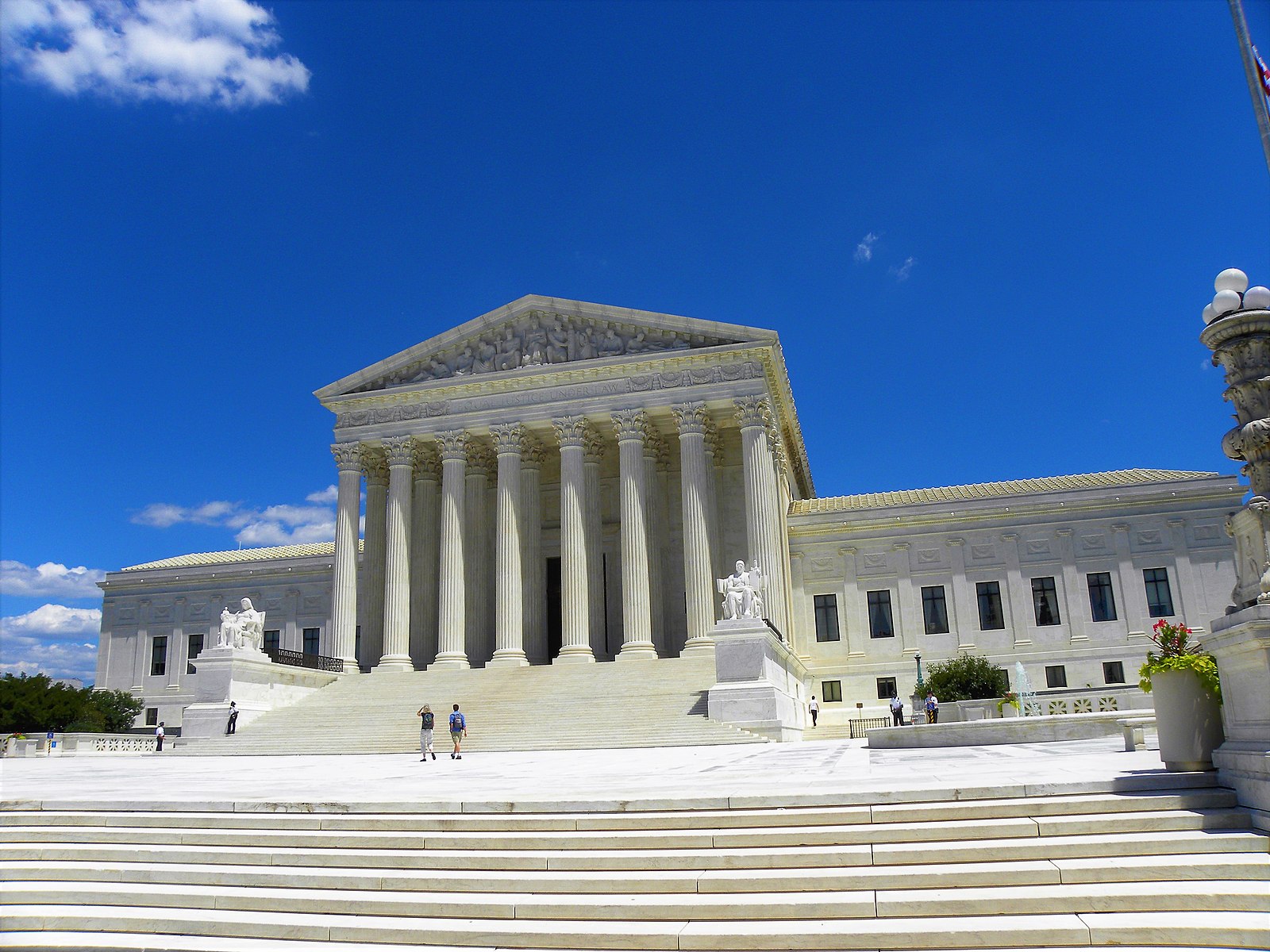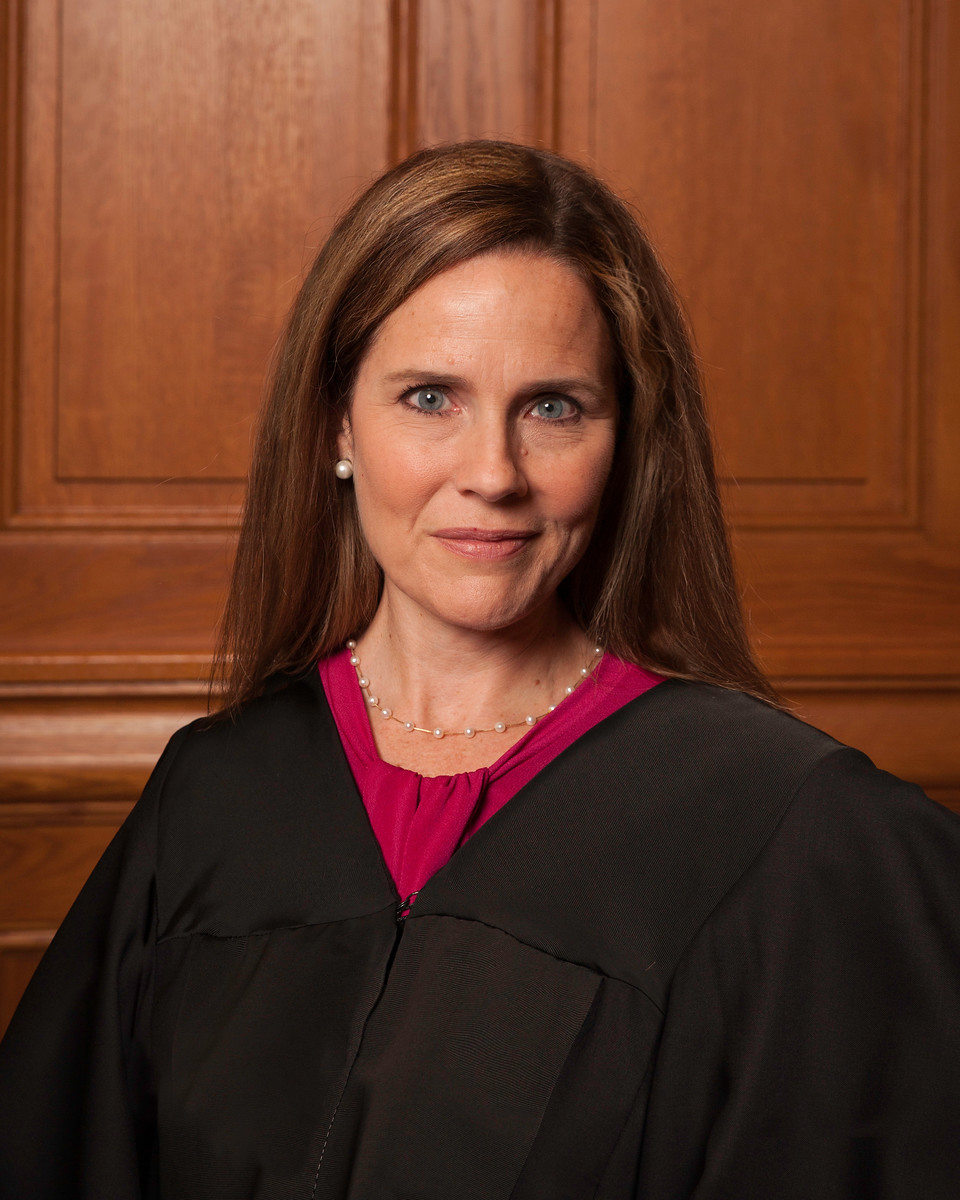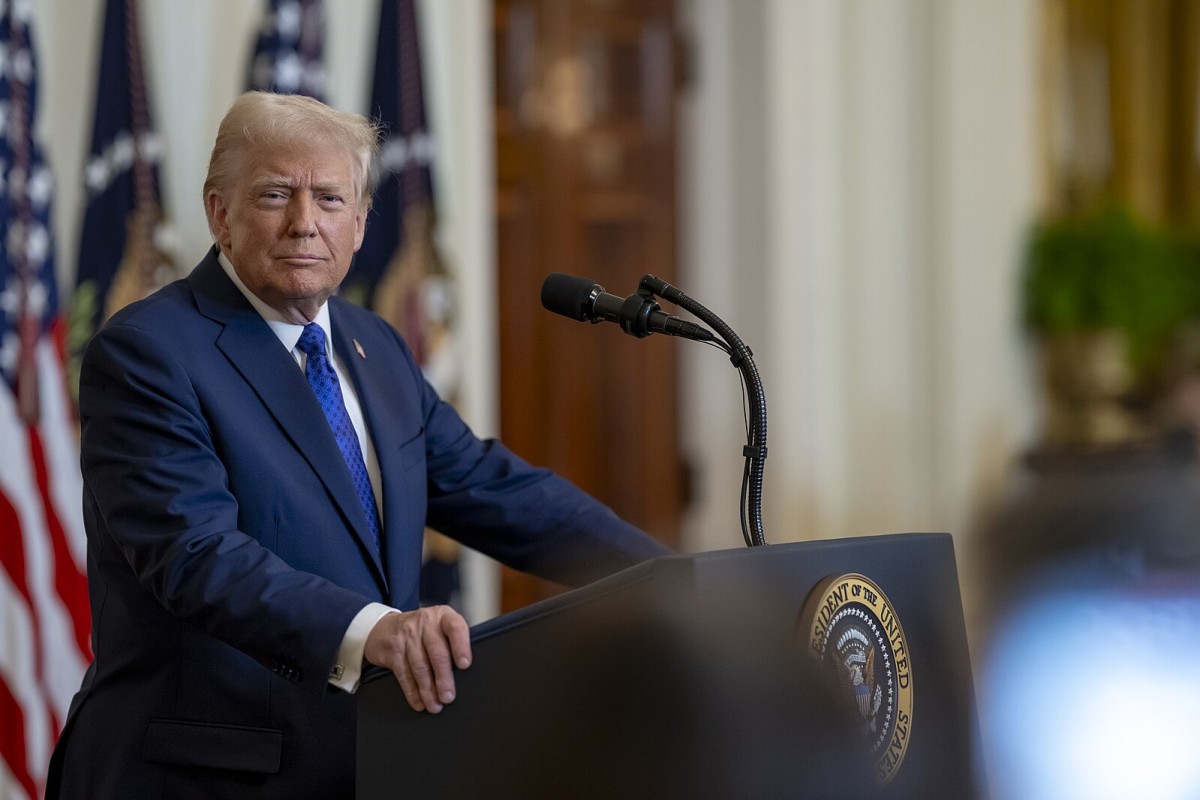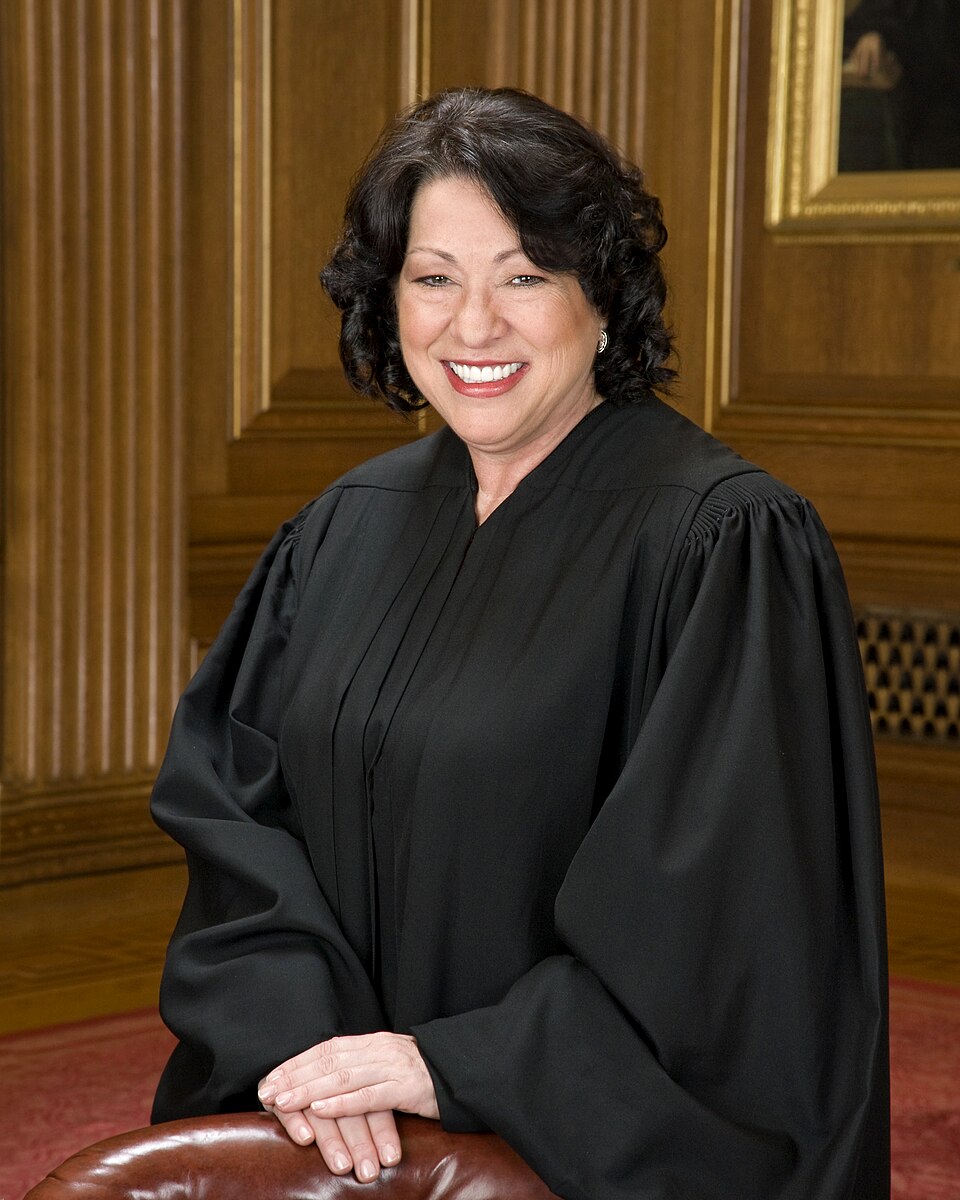Politics
Supreme Court Justice Interrupts Trump Lawyer in Heated Exchange
By Jake Beardslee · November 14, 2025

The Supreme Court Showdown That Stopped Trump’s Lawyer in His Tracks
The Supreme Court turned unexpectedly dramatic as the justices examined the limits of presidential power over tariffs—an authority central to a major case testing President Donald Trump’s ability to impose broad trade measures under emergency statutes. What began as a technical legal debate quickly escalated into a tense, highly scrutinized exchange that drew national attention after it aired on CNN’s "The Situation Room."The flashpoint came when Solicitor General John Sauer repeatedly avoided a direct question from Justice Amy Coney Barrett, prompting rising frustration among the justices. Her inquiry, focused on the statutory phrase that could justify a president’s tariff powers, exposed significant tension between Sauer and the bench. Justice Sonia Sotomayor ultimately stepped in to insist he give a clear answer.
Over the span of several minutes, the hearing drifted from statutory interpretation to a pointed interrogation that highlighted deeper concerns: whether the executive branch is overreaching and whether Sauer’s arguments could withstand the Court’s insistence on historical and textual precision.
Below is a breakdown of the key moments that shaped the exchange. Mathieu Landretti, CC BY-SA 4.0 https://creativecommons.org/licenses/by-sa/4.0, via Wikimedia Commons

A Simple Question Sparks a Tense Confrontation
The atmosphere shifted when Justice Amy Coney Barrett pressed John Sauer on a very specific historical question. After he repeatedly dodged, the courtroom began to resemble a daytime drama. Barrett asked whether the phrase “together, regulate importation” had ever been used to grant tariff authority, but Sauer’s vague responses made clear he had no clean example ready. The hesitation caused visible impatience on the bench and set the tone for what followed. Rachel Malehorn, CC BY 4.0 https://creativecommons.org/licenses/by/4.0, via Wikimedia Commons
A High-Stakes Review of Trump’s Tariff Powers
The hearing centered on a challenge to Trump’s use of emergency authority to impose sweeping tariffs—powers that critics say were stretched well beyond their intended scope. CNN aired the arguments live, allowing viewers to watch Barrett’s question derail Sauer in real time. As the solicitor general navigated the Court’s inquiries, Justice Sotomayor eventually stepped in, pressing him to stop circling and provide a direct answer. The Trump White House / Wikimedia
Barrett Cuts Him Off After a Wobbly Claim
Justice Barrett demanded historical grounding for Sauer’s argument. “Can you point to any other place in the code or any other time in history where that phrase ‘together, regulate importation,’ has been used to confer tariff imposing authority?” she asked. When Sauer attempted to rely on an intermediate court ruling in TWEA, she immediately cut him off. Barrett reminded him that he had just told Justice Brett Kavanaugh that his “lead argument” relied on long-standing historical practice—not on the isolated case he had just cited. She repeated her question: Had such statutory language ever been used this way? United States Supreme Court / Wikimedia
Sauer Tries Again—And Barrett Interrupts Again
Sauer attempted to cite old cases to argue that “regulate importation” could encompass tariff authority. Barrett wasn’t convinced. She interrupted to clarify the distinction between general regulatory authority and the power to impose tariffs. “That just shows the word can be used that way. None of those cases talked about it as conferring tariff authority,” she said. Sauer continued, arguing that the broader historical context supported his interpretation, but Barrett showed no sign of yielding. United States Department of Justice / Wikimedia